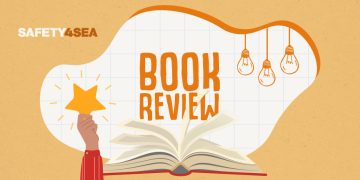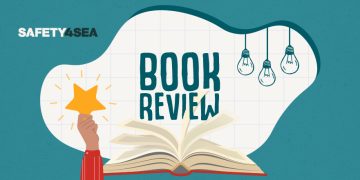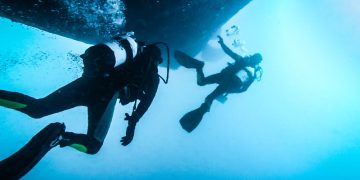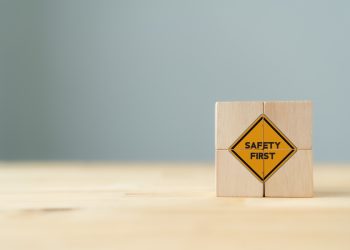Safety culture is always at the center of attention; this is why our column ‘Sea Sense’, in association with the North P&I Club, investigates whether the industry has succeeded in combining the human element, a complex multi-dimensional issue for maritime safety, with the numerous systems and procedures that exist onboard. Therefore, we have asked global experts to provide feedback on the following question:
Safety culture is the glue that is supposed to join systems and procedures to the human element. Has the industry been successful in implementing safety culture?
 Esben Poulsson Esben PoulssonChairman, ICS |
 Scott Bergeron Scott BergeronCEO, Liberian Registry |
|
| Partially. But a safety culture is not something that can be ‘implemented’. Rather it depends upon the maturity of the link between how shipboard tasks should be done, and how they are actually done. The shipping industry has a track record of improving safety based on the ISM Code and the requirement for a SMS. However, we continue to see unnecessary incidents and accidents each year with sometimes tragic and entirely avoidable consequences. So there is work to be done to maintain and enhance the maturity of the approach to safety, potentially by looking at more human centred management systems and procedures and enhancing individual and collective behaviours. This must be the focus of effort across the industry. | Yes, in theory this is how “safety culture” should operate. Sadly, commercial interests often take priority over all other interests. Take the case of a well-intentioned engineer that wedges open a quick closing valve with a piece of wood. He would rather risk a small probability of a resulting fire than a higher probability of a malfunction of the valve resulting in a main engine shutdown during critical manoeuvring. Unfortunately, neither the owner nor charterer is likely to accept the delays that preventative maintenance often requires. In the event of a casualty and resulting general average claim, the charterer will share in the loss. Why are charterers not required to share in preventative maintenance and regulatory compliance? This is safety culture – a glue shared by all benefitting from ocean transport. | |
 Steve Cotton Steve CottonGeneral Secretary, ITF |
 Capt. John Rose Capt. John RoseDirector (Maritime) CHIRP |
|
| Yes and No. Safety culture is an exceptionally important issue that has been central to the industry, and remains high on the ITF’s agenda. Unfortunately, in recent years safety in the industry has been weakened, let down by improper implementation, due in part to its diminished status in international instruments. These instruments should ensure adequate safety culture and understanding of what this entails for all stakeholders. Finally, until now safety culture has been the responsibility of humans – seafarers, managers and administrators. They have created safe and secure work, and sustainable and environmentally responsible commercial activity. However, manufacturers are determined to push through new technologies without sufficient consideration of the human element, and this could see safety culture further diminished. | No. Worldwide, the shipping industry is not good at keeping statistics. International Salvage Union figures indicate there has probably been a reduction in major casualties, but our own statistics (and those of other bodies such as the US Coast Guard) indicate a depressing continuation of minor accidents such as slips, trips and falls. The causes can be analysed using the MCA’s ‘Deadly Dozen’, which suggests there are a limited number of factors that influence unsafe practices and can easily be acted on. Only a very few companies have been successful in establishing a safety culture, the rest go through the motion of having one. Overall the picture remains bleak especially when compared to the aviation industry. | |
 David J.Patraiko David J.PatraikoFNI Master Mariner, The Nautical Institute |
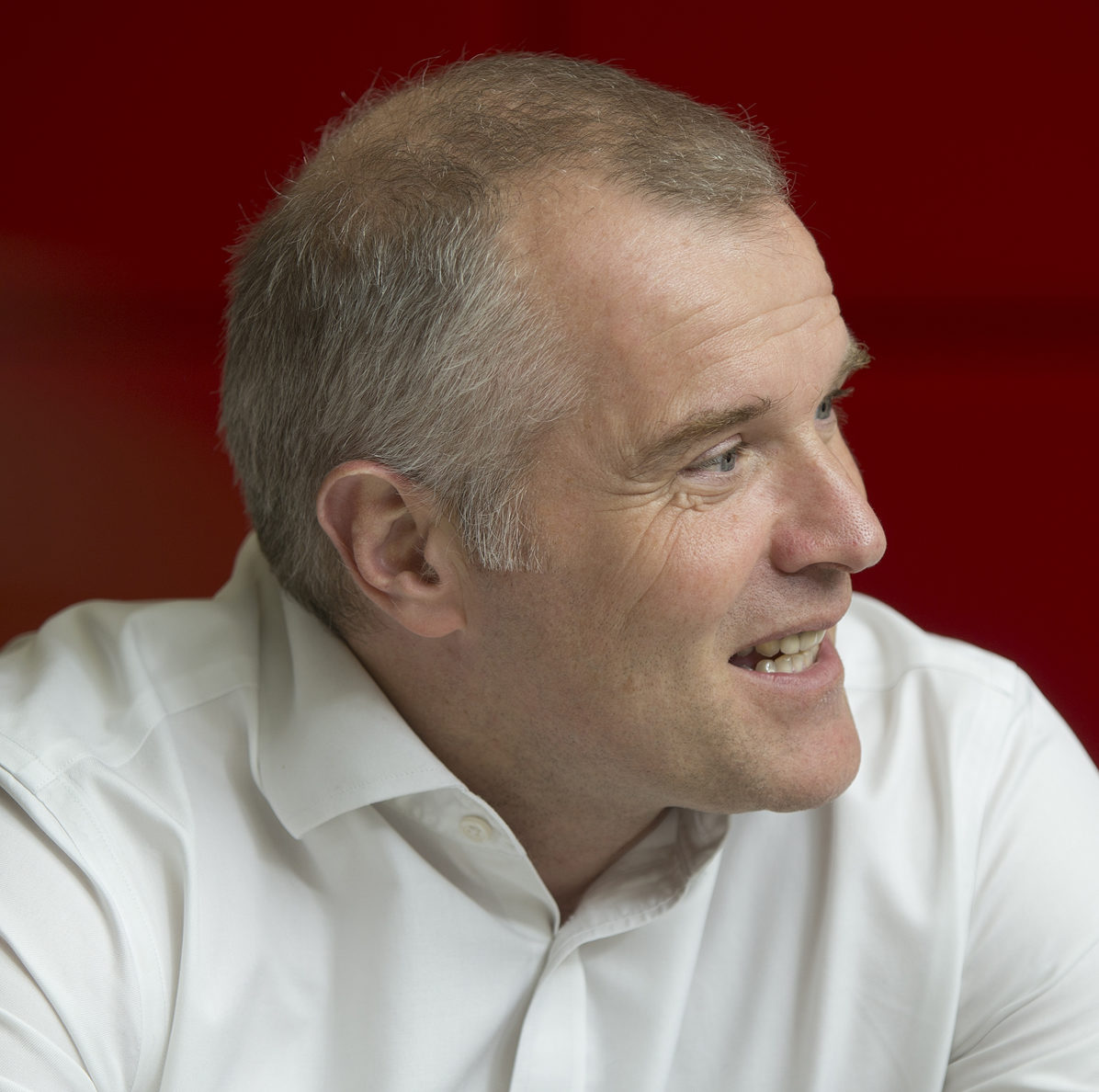 Colin Gillespie Colin GillespieDeputy Director of Loss Prevention, The North of England P&I Club |
|
| Yes and No. The industry has been successful as can be seen by the excellent safety record achieved by so many ships and companies, however accidents do still happen so there is still room for improvement. In terms of the human element, the shipping industry might do well to learn the lessons from aviation in the understanding of ‘Human Performance and Limitations (HPL) which is a mandatory topic for all aviation Pilots. The Nautical Institute has worked with experts around the world to translate HPL for Mariners recognising that the maritime environment is very different. The ship is our home as well as our workplace and the time spent aboard brings out a different dynamic for relationships. | No. Shipping has not been successful in implementing safety culture. There are of course notable exceptions but performance industry wide could be described as patchy at best. The industry is very good at what might be termed ‘mechanical’ safety management; using systems and procedures to control risks. It is much less successful in producing the conditions that allow the behaviours to develop that are needed for safety culture. This is not surprising; those involved with safety in shipping look for practical solutions. There is however a growing realisation that systems and procedures are not the only answer and increasingly companies are looking to address safety by changing behaviour both ashore and afloat. Asked the same question in 10 years’ time my answer might be Yes! | |
 Mark Dickinson Mark DickinsonSecretary General, Nautilus International |
 Kostas G. Vlachos Kostas G. VlachosChief Operating Officer, CMM |
|
| No. Whilst the implementation of the ISM Code has raised awareness of safety issues amongst crews, the current situation within the industry is one of compliance culture, not safety culture. Deficiencies in ship design, safety equipment, crew training and working practices that are known and continue to lead to preventable accidents are tolerated so long as compliance with inadequate regulations can be demonstrated. For the Human Element to be taken seriously it is essential that seafarers are treated humanely. This requires not only a safety culture but a ‘just culture’ as demonstrated in other industries. Unwarranted criminalisation blights the industry to the extent that the safety culture is imposed by fear rather than cooperation. | No. The industry has not yet been successful in implementing safety culture. In order successfully make it each one shipping entity should start to identify the level of the safety culture that currently she is ashore and onboard the vessel. That means that through suitable questionnaire and interviews that will be conducted in a reliable way to all shore and sample of ship personnel the company should identify in which of the five scales of the safety culture is placed. Then it should identify what kind of gaps in the levels between the shore and ship exists and try to bridge all of them. The target should be after the identification of the level of the safety culture is located to develop and establish all those measures that the company needs in order to get in the next level of safety culture. This is the only way through progressive steps the proper safety culture to be developed |












